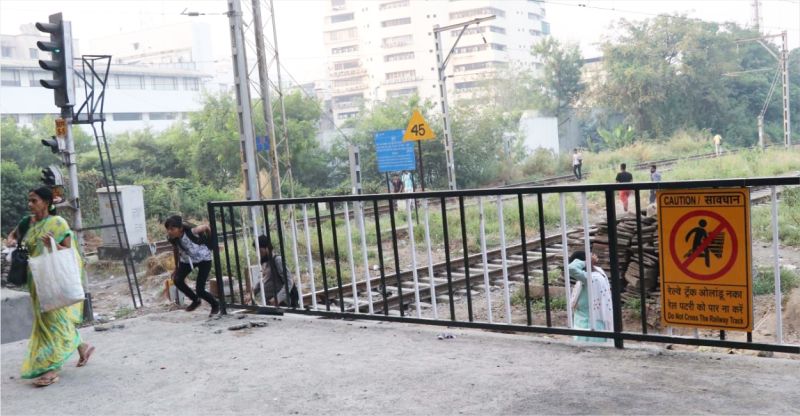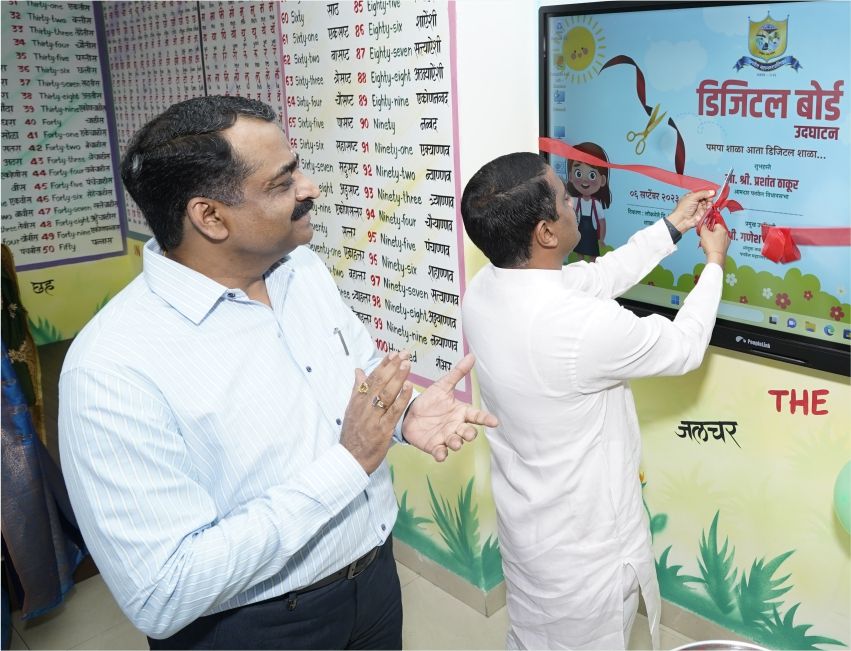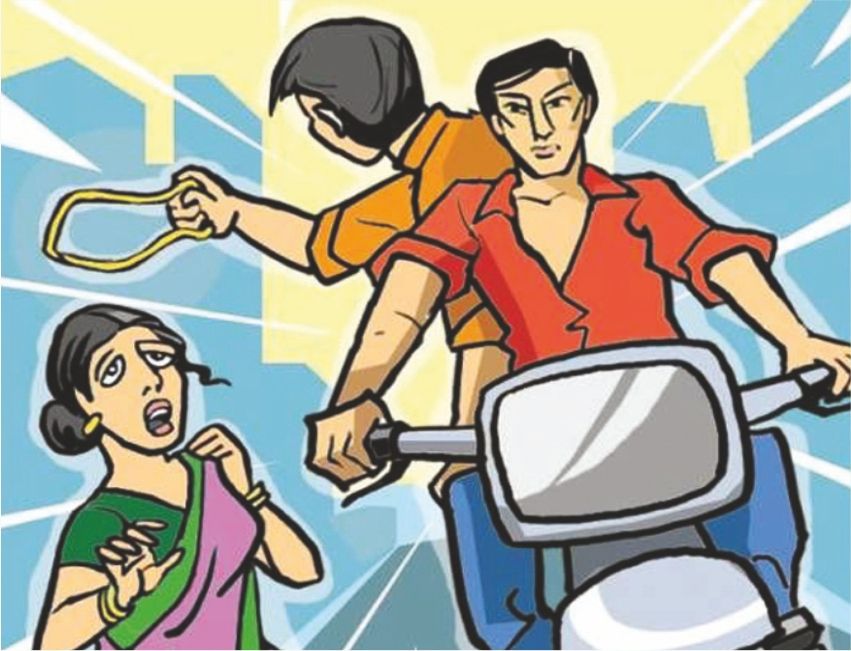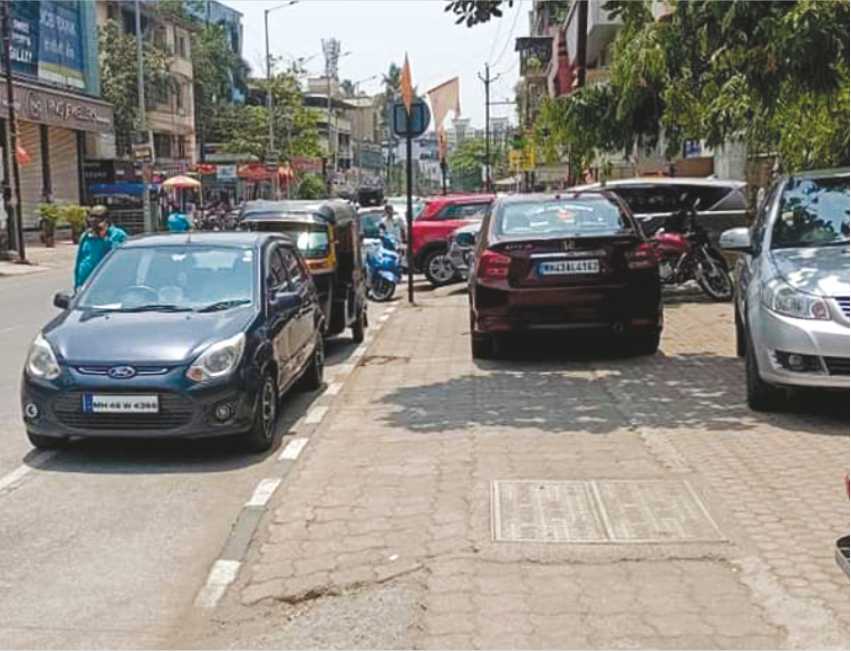Railway track crossings: A grave risk that demands urgent attention

- Varda Sharma
- 18 Jan, 2024
The rhythmic hum of trains has long been a symbol of connectivity and progress within our communities. Yet, amidst the intricate network of railway tracks, a perilous behaviour persists, one that threatens lives and demands immediate intervention – the unauthorized crossing of railway tracks.
The act of crossing railway tracks outside designated areas is not merely a breach of regulations; it is a dangerous gamble with severe consequences. Trains, with their formidable size and high speeds, traverse distances at a pace that individuals often underestimate. The collision between a train and a pedestrian is not a mere accident; it is a catastrophic event that can result in life-altering injuries or, tragically, fatalities.
Beyond the immediate physical dangers lie legal and social implications. Trespassing onto railway tracks is not a minor transgression; it is a criminal offense in many jurisdictions. Such actions disrupt the smooth operation of railway systems, leading to inconveniences for commuters and economic repercussions. The act itself reflects a disregard for public safety norms and a lack of responsibility towards oneself and the broader community.
A fundamental issue contributing to this perilous practice is the pervasive lack of awareness regarding its potential dangers. Comprehensive education on railway safety is essential at all levels – schools, workplaces, and through public awareness campaigns. Understanding the physics of train movements and the distances required for a train to stop is paramount. Increased awareness fosters a sense of responsibility, prompting individuals to use designated crossings.
While awareness is crucial, the solution extends to infrastructure improvements and alternative options. Governments and railway authorities must invest in constructing safe and accessible pedestrian crossings, footbridges, and underpasses at strategic locations. This not only discourages illegal crossings but also enhances overall safety for both pedestrians and train passengers.
The integration of technology can significantly contribute to preventing unauthorized track crossings. Advanced warning systems, surveillance cameras, and sensors can detect trespassers in real-time, alerting authorities promptly. Innovative solutions, such as virtual barriers or smart signage, act as deterrents and reduce the frequency of illegal crossings.
Community engagement is equally vital. Local communities must actively participate in spreading awareness about the dangers of crossing tracks and advocate for improved safety measures. Partnerships between local authorities, schools, businesses, and community organizations can create a collective effort to address this pressing concern.
To truly curb the menace of illegal track crossings, strict enforcement of existing laws is indispensable. Law enforcement agencies must conduct regular patrols near railway tracks, issue fines for violations, and prosecute individuals caught trespassing. The fear of legal consequences serves as a deterrent, dissuading people from taking unnecessary risks.
The dangers associated with crossing railway tracks demand a comprehensive strategy for mitigation. A combination of public awareness, infrastructure improvements, technological advancements, community engagement, and strict enforcement can collectively contribute to reducing the incidence of illegal track crossings. It is imperative for governments, railway authorities, and communities to collaborate actively in fostering a culture of railway safety, protecting lives, and ensuring the efficient and secure functioning of our railway networks.




